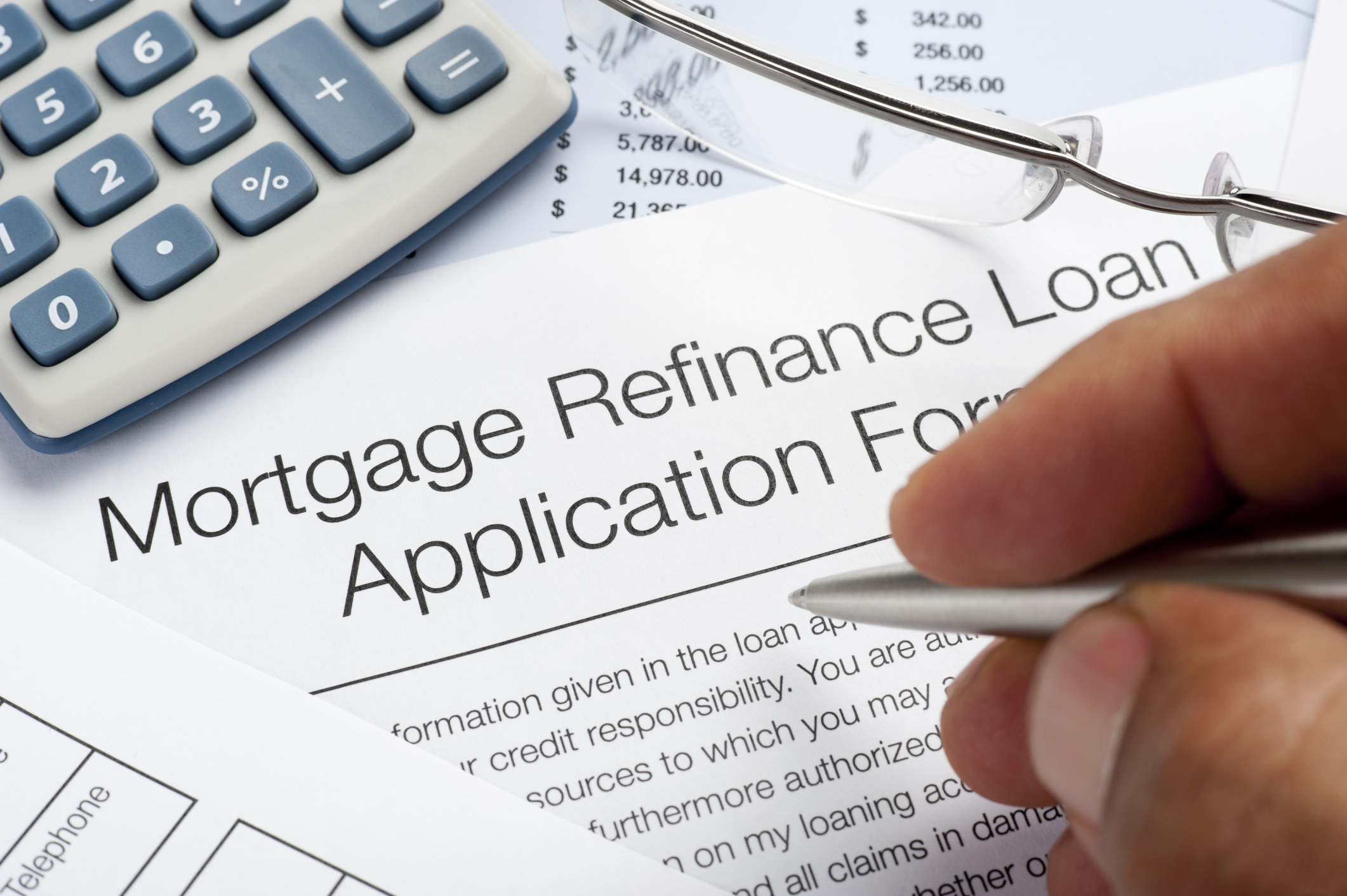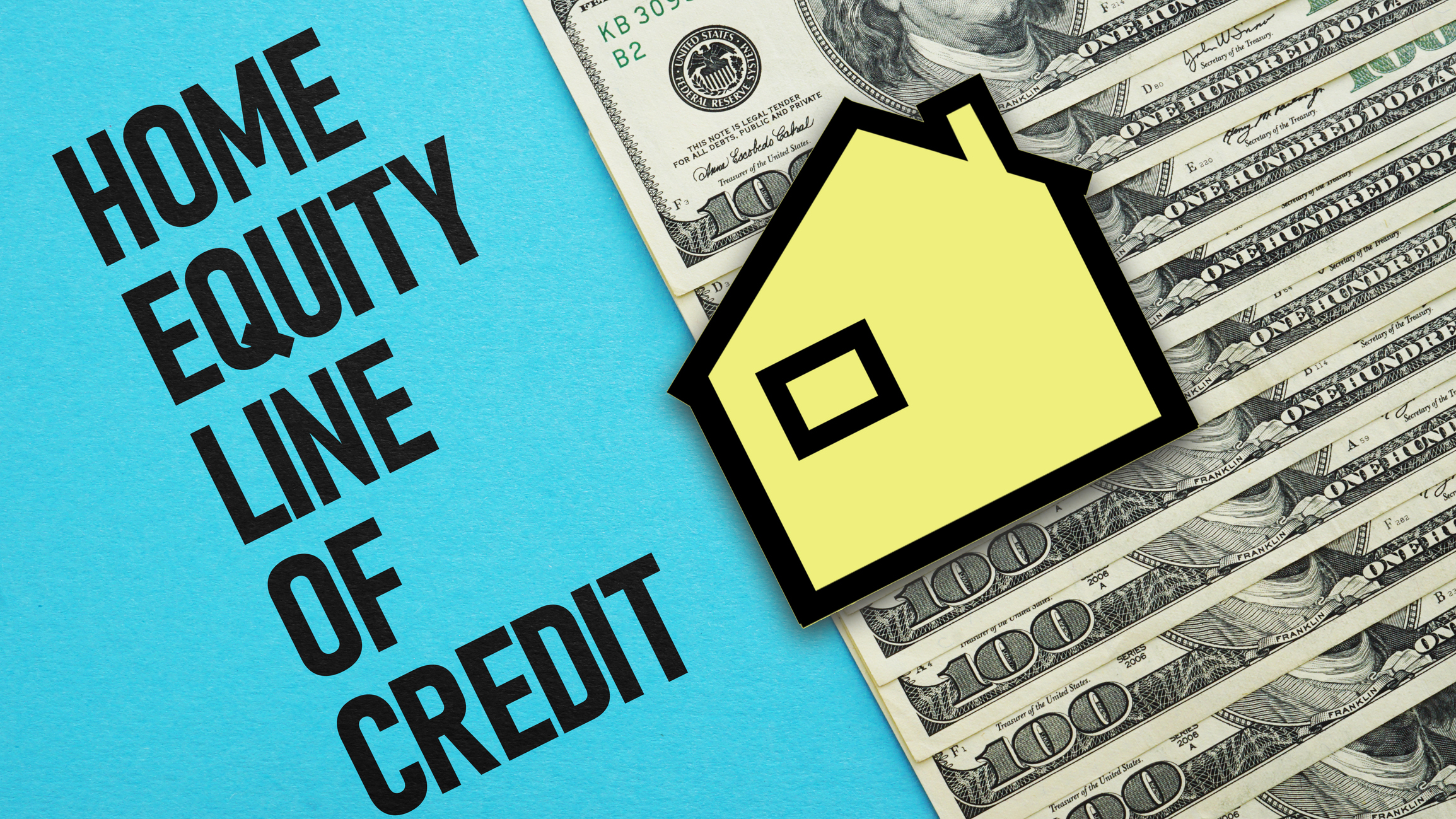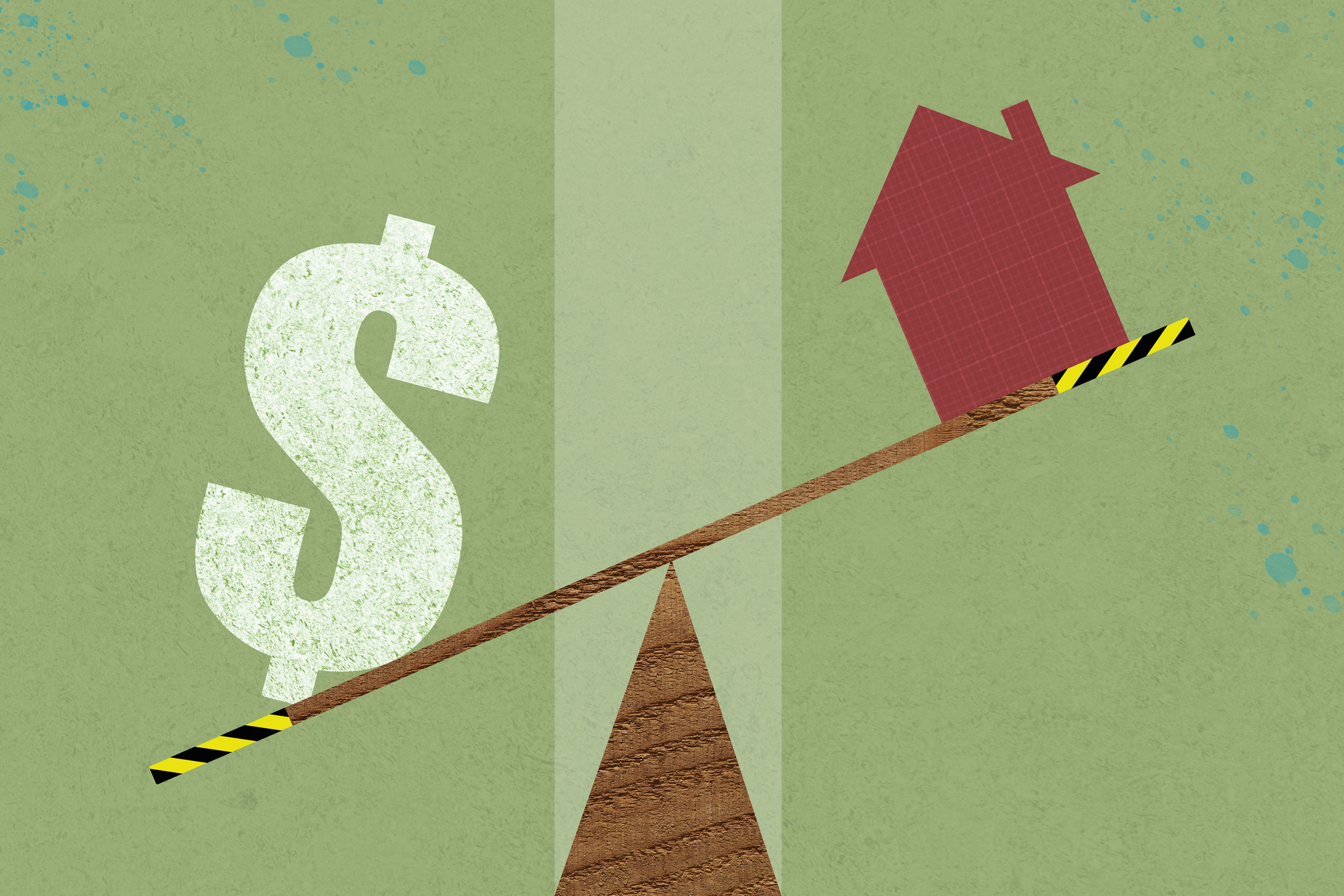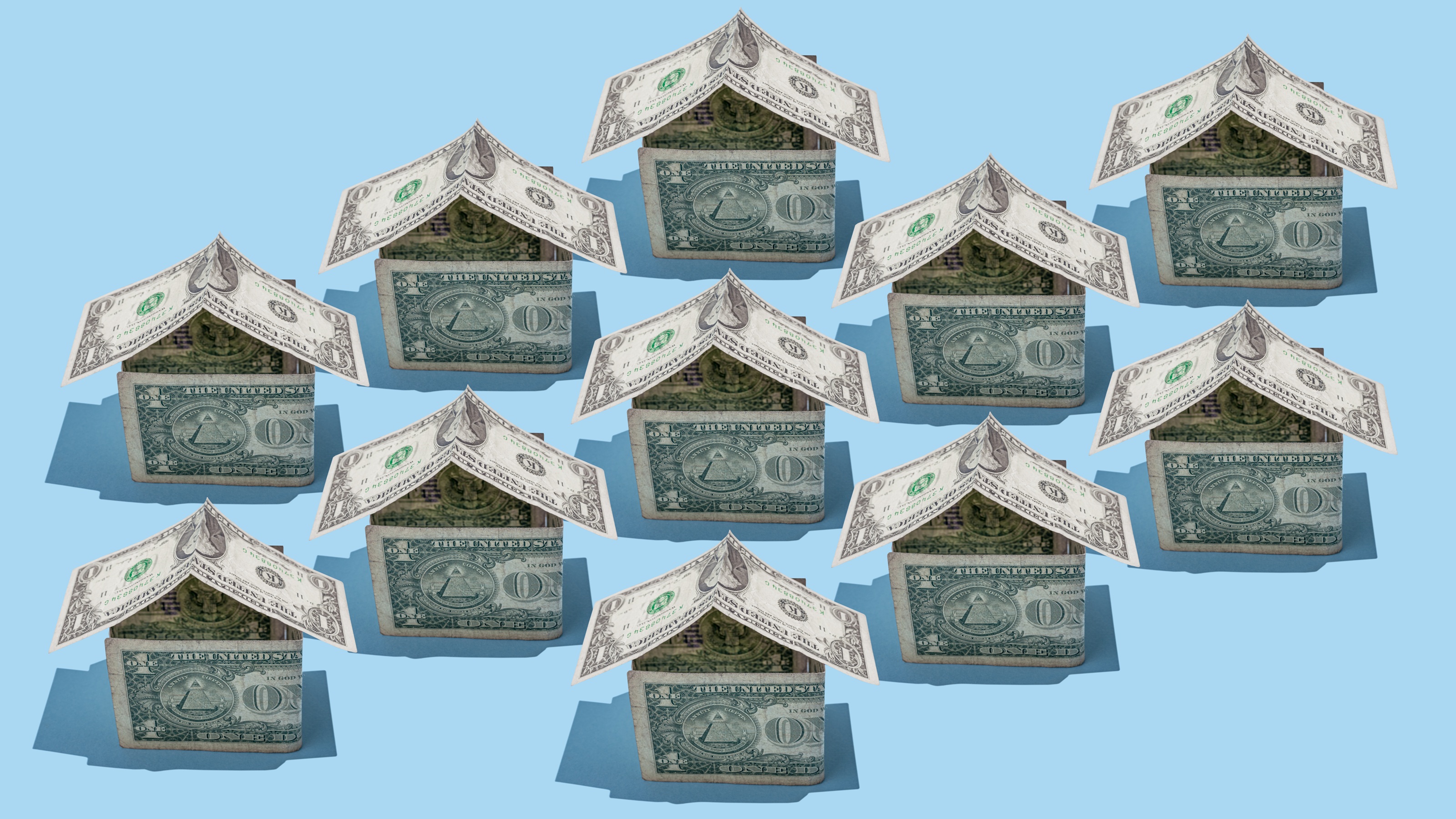My Mortgage Rate is 6.5%. Should I Refinance If Rates Fall By Half a Point
A half-point dip may not be enough to offset closing costs. Here's the magic number that makes refinancing pay off.


Question:
I bought a house when mortgage rates were 6.5%. If rates fall to 6.25% or 6.0%, would refinancing make sense and actually save me money?
Answer:
From just $107.88 $24.99 for Kiplinger Personal Finance
Become a smarter, better informed investor. Subscribe from just $107.88 $24.99, plus get up to 4 Special Issues

Sign up for Kiplinger’s Free Newsletters
Profit and prosper with the best of expert advice on investing, taxes, retirement, personal finance and more - straight to your e-mail.
Profit and prosper with the best of expert advice - straight to your e-mail.
With mortgage rates stubbornly elevated in recent years, many homeowners are watching the market for the right moment to refinance. But securing a lower rate is only part of the equation. You’ll also want to calculate how much you’d actually save, how long it would take to break even on closing costs, and whether refinancing makes sense for your financial goals.
A recent bank study found that most borrowers with a 30-year mortgage would need about a 0.75% rate drop to see meaningful savings and break even in under three years.
Homeowners with 15-year mortgages, however, could benefit from a smaller decrease — even a 0.50% drop could add up to more than $1,500 in savings over three years. In other words, the type of mortgage you hold plays a big role in whether refinancing is worthwhile.
How refinancing can save — or cost — you money
Refinancing lowers your monthly payment by replacing your existing mortgage with one at a lower interest rate. That part is simple. But the catch is that you’ll need to pay closing costs which are often thousands of dollars upfront. These can include lender fees, appraisal costs, title insurance and more.
That’s where the mortgage refinance break-even point comes in. This is the point in time when the money you save on lower monthly payments finally offsets what you paid in closing costs. If you sell your home or move before you hit that break-even point, you may end up losing money even with a lower interest rate.
The half-point drop dilemma

A recent analysis modeled what refinancing would look like on a $400,000 mortgage. The results show that a half-point dip (from 6.5% to 6.0%) doesn’t always provide the quick savings many expect.
Refinance break-even example (based on a $400,000 home value)
Rate Reduction | Break-even Time | Net Result After 3 Years | Notes |
|---|---|---|---|
0.25% drop | Still underwater | –$2,631 | You'd owe more overall than you save — not worth it. |
0.50% drop | ~3.1 years | Break-even | You only break even just past the 3-year mark. |
0.75% drop | Under 3 years | Positive savings | This is the magic number — refinancing starts to pay off within your time horizon. |
1.00% drop | ~20 months | +$5,170 | You'd break even quickly and net thousands in savings by year three. |
The takeaway? A quarter-point drop won’t cut it and even a half-point drop barely gets you across the break-even line in a reasonable timeframe.
The magic 0.75-point threshold
For most homeowners, refinancing becomes worthwhile once mortgage rates drop at least 0.75 percentage points. At that level, you reach break-even in under three years, which is often the time horizon financial experts recommend.
And if you can capture a full 1-point reduction, the payoff is clear: you’d break even in under two years and see more than $5,000 in net savings within three years. That’s why many experts call the 0.75-point reduction the “sweet spot” for refinancing.
Easily explore and compare some of today's best refinance offers with the tool below, powered by Bankrate:
Why location changes the math
Your state and your loan size can dramatically change how quickly refinancing pays off.
- In states with higher home prices, like California, New Jersey, or Washington, D.C., the larger loan amounts mean that even small drops in interest rates add up to significant monthly savings. That shortens the break-even timeline.
- In states with lower average home values, such as Michigan, Indiana, or Ohio, the savings are smaller because loan balances are smaller. That makes the break-even point stretch out longer, sometimes beyond three years, unless rates fall by a full percentage point.
This is why two families with the exact same rate drop could see very different results depending on where they live and the size of their mortgage.
How to know when it’s a smart time to refinance

Here are a few scenarios where you might want to consider refinancing your mortgage:
- You can drop your rate by 0.75% or more: This is the most common signal that refinancing makes sense. If you’re moving from 6.5% to 5.75%, your monthly savings could be enough to justify the upfront costs in a relatively short period of time.
- You want a shorter loan term: Refinancing doesn’t have to mean starting over on a 30-year loan. Many borrowers refinance into 15- or 20-year loans to pay off their homes faster and save on interest, even if their monthly payment stays roughly the same. This strategy works well if your income has increased or if you’re focused on debt-free living.
- You’re dropping private mortgage insurance (PMI): If your home value has risen enough for you to have 20% equity, refinancing may help eliminate PMI which can save you an additional $100–$200/month.
- You’re consolidating debt at a lower rate: Some homeowners choose a cash-out refinance to pay off high-interest credit cards or personal loans. This can lower your overall monthly payments and interest costs, but it also resets your mortgage clock, so be careful not to turn short-term debt into long-term debt unless it fits your financial goals.
Common mistakes to avoid
Refinancing your mortgage can be a smart financial move, but it’s easy to get caught up in the excitement of a lower interest rate and overlook the bigger picture.
By being aware of and avoiding these common mistakes, you can avoid wasting money on a refinance that doesn’t actually benefit you or help improve your financial situation.
- Only chasing the rate without considering costs: Refinancing for a 0.25% rate drop sounds good in theory, but it might cost you thousands upfront and take years to break even. Always calculate your total savings, not just your new monthly payment.
- Resetting the clock on your loan: Refinancing into a new 30-year term could lower your monthly payment, but it also extends your loan and increases your lifetime interest cost. Ask lenders if you can refinance into a custom term that matches how many years you have left (e.g., a 22-year or 18-year loan).
- Ignoring your credit score: Your credit score still plays a major role in the rate you’ll get. If your credit has dropped since your original loan, you might not qualify for the best rates. Review your credit and address any issues before applying to refinance.
Run the numbers before you refinance
Refinancing isn’t one-size-fits-all. While it’s tempting to jump at a slightly lower rate, you need to weigh the upfront costs, how long you plan to stay in the home and how much you’ll truly save each month.
Before making a move, run the numbers through a refinance calculator and compare offers from multiple lenders. If the math shows you’ll break even in three years or less, refinancing could be a smart way to save thousands over the long run.
If not, it may be better to wait for that magic 0.75-point rate drop. Or, focus on paying down your current loan faster.
Related Content:
Profit and prosper with the best of Kiplinger's advice on investing, taxes, retirement, personal finance and much more. Delivered daily. Enter your email in the box and click Sign Me Up.

Choncé is a personal finance freelance writer who enjoys writing about eCommerce, savings, banking, credit cards, and insurance. Having a background in journalism, she decided to dive deep into the world of content writing in 2013 after noticing many publications transitioning to digital formats. She has more than 10 years of experience writing content and graduated from Northern Illinois University.
-
 This Is Why Investors Shouldn't Romanticize Bitcoin
This Is Why Investors Shouldn't Romanticize BitcoinInvestors should treat bitcoin as the high-risk asset it is. A look at the data indicates a small portfolio allocation for most investors would be the safest.
-
 I'm a Federal Benefits Pro: I Answer These 2 Questions a Lot
I'm a Federal Benefits Pro: I Answer These 2 Questions a LotMany federal employees ask about rolling a TSP into an IRA and parsing options for survivor benefits, both especially critical topics.
-
 An Income Strategy for a Volatile Market: Guide for Advisers
An Income Strategy for a Volatile Market: Guide for AdvisersAdvisers are increasingly turning to private credit such as asset-based and real estate lending for elevated yields and protection backed by tangible assets.
-
 How Much Would a $50,000 HELOC Cost Per Month?
How Much Would a $50,000 HELOC Cost Per Month?Thinking about tapping your home’s equity? Here’s what a $50,000 HELOC might cost you each month based on current rates.
-
 Should You Tap Your Home Equity Before 2026?
Should You Tap Your Home Equity Before 2026?As borrowing rates and tax law shifts converge, here's what homeowners need to know before pulling equity out of their home.
-
 11 Cities With the Cheapest Groceries in the US
11 Cities With the Cheapest Groceries in the USIf you live in one of these 11 cities, you're paying less than the rest of the country to keep your fridge stocked.
-
 My $1.2 Million Vacation Home Has a $360K Mortgage. I Don't Need My Upcoming $45K RMD. Should I Use It to Pay Down the Mortgage?
My $1.2 Million Vacation Home Has a $360K Mortgage. I Don't Need My Upcoming $45K RMD. Should I Use It to Pay Down the Mortgage?We asked wealth planners for advice.
-
 5 Simple Fixes to Save on Heat Bills This Winter
5 Simple Fixes to Save on Heat Bills This WinterWith fuel prices expected to rise 10% or more this winter, making your home more energy efficient will really pay off.
-
 5 Charming Small Towns Where America's Wealthy Retire
5 Charming Small Towns Where America's Wealthy RetireDiscover 5 small communities in the U.S. for affluent retirees — where charm outweighs the cost.
-
 I'm a Real Estate Investing Pro: This High-Performance Investment Vehicle Can Move Your Wealth Up a Gear
I'm a Real Estate Investing Pro: This High-Performance Investment Vehicle Can Move Your Wealth Up a GearLeave online real estate investing to the beginners. Accredited investors who want real growth need the wealth-building potential of Delaware statutory trusts.
-
 Retire in the Hamptons: Finding the Right Town for Your Budget
Retire in the Hamptons: Finding the Right Town for Your BudgetYes, it's favored by the rich and famous, but retiring in the Hamptons may not be out of your league. Here's a guide to affordability and and who is happiest living there.